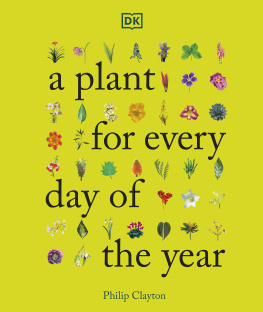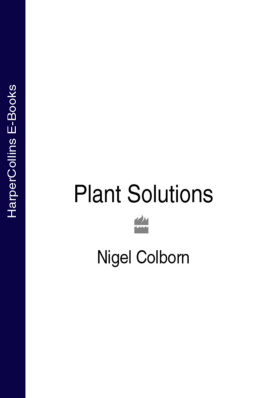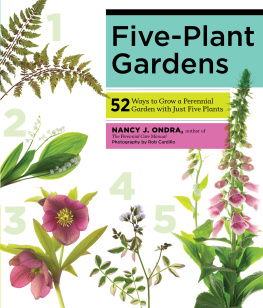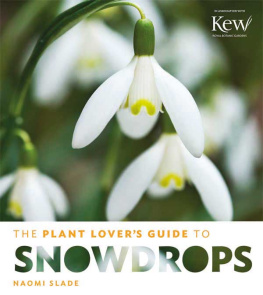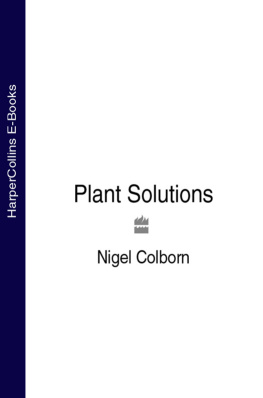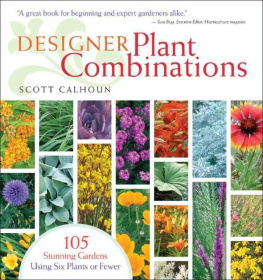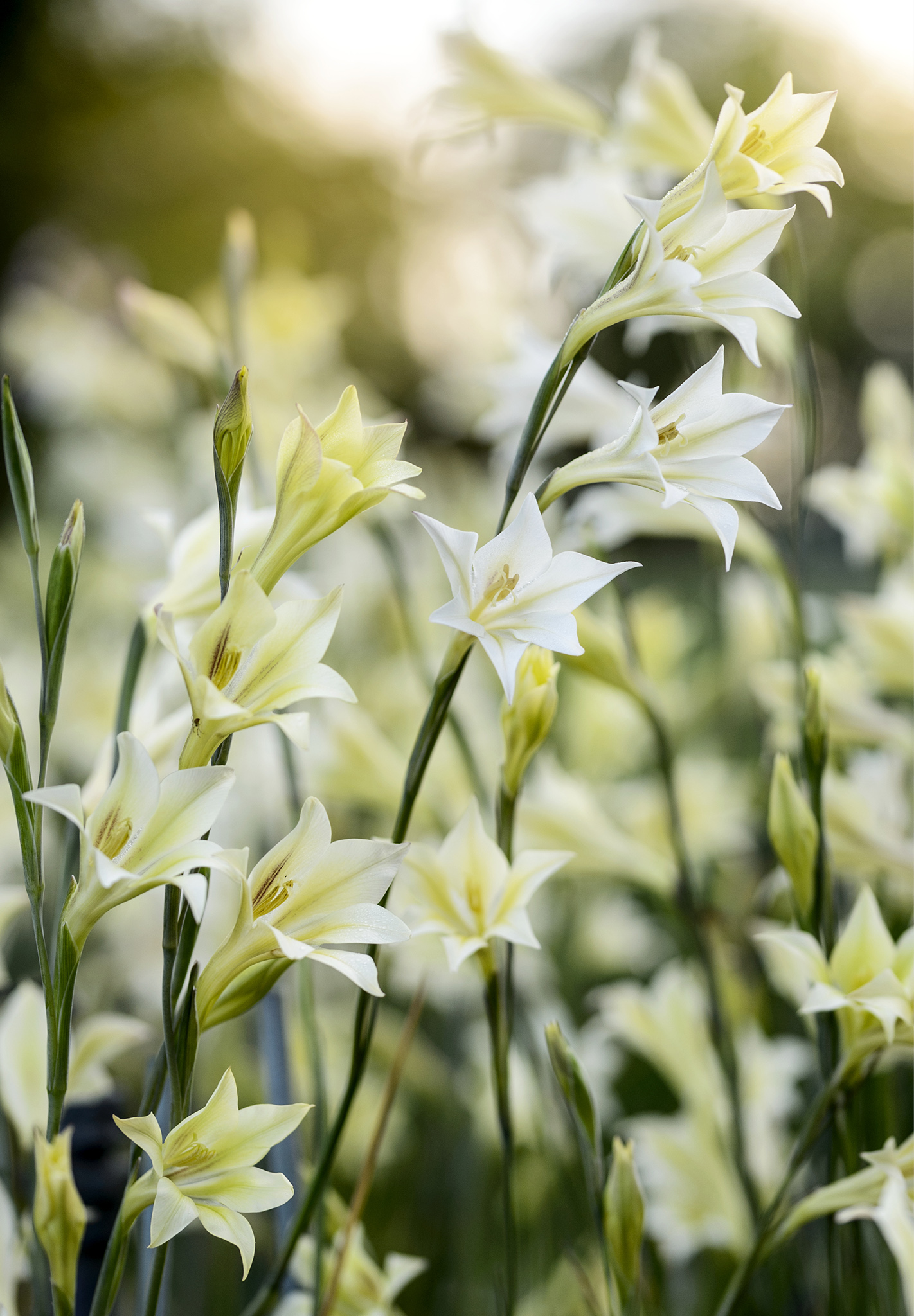introduction
People new to gardening are often surprised by how a mild interest in plants can grow into an all-consuming passion. It may eventually become a way of life thats central to all you do, with the power to raise your spirits even when times are hard.
The magic of plants became abundantly clear during the pandemic lockdowns. For many of us during that timemyself includedgardens became places of sanctuary and stimulation, while we also reacquainted ourselves with the charms of those green companions, the houseplants that we share our homes with. Every day Id see a different plant that lifted my mood. It could be one in my garden, in a pot by the back door, or in the house. Eventually, I started to put images up on social media for others to enjoy, and soon the idea for this book germinated in my mind.
The remarkable force that plants exert is not limited to warmer, sunnier seasons but endures 365 days a year if you grow the right things. What those things are depends partly on the kind of gardener you are, but among the thousands of wonderful plants we cultivate in gardens are stand-out choices that never fail to enchant.
Some of these I grow in my own garden, where successional planting means there is plenty to see every day of the year. By planting successionally, I can cram more plants in, so when bulbs become dormant, the same space is filled by perennials or annuals that grow below canopies of flowering trees and shrubs, exotic bamboos, or bold herbaceous plants. And when the ground is full, I turn to containers.
A bit about my own garden
You might assume I have a huge garden with acres of borders and vast glasshouses. No such luck. My garden is ordinaryat the back of a Victorian end-of-terrace house in Peterborough. It is around 130ft (40m) long, about 25ft (8m) across, and happily walled all round. It also has a plant house made from an old garage with a perspex roof, where I keep more tender plants.
The garden runs east to west, so one wall is hot and sunny, while the other is cool and shaded. These contrasting conditions mean that, despite the plots limited size, I can grow a wide range of very different plants. The soil is neutral and free-draining, and, thanks to the walls and urban location, its a sheltered spot, though rather dry and prone to chilly easterly winds in winter.
I keep lots in pots and grow few vegetables, simply because I cant find the space in a garden thats already overflowing with the trees, shrubs, and plants I cherish. It is far from neat or carefully designed (my husband refers to it as a jungle), but to my eye, theres order and harmony. I like to encourage wildlife and try not to use chemicals.
Where to buy plants
The gardening books I most enjoy offer personal opinion and thats what Ive done in this one. I grow, or have grown, every plant in the booksome several times in different gardensso I know them extremely well. Among the 365 choices, youll find some popular plants that are available everywhere. The reason plants like these are widely grown is that theyre generally reliable and do well. There are also other plants that are less frequently seen and that youll need to track down through specialty nurseries. These can be found by searching for them online.
Arranged by season
The book begins with spring, which may seem to go against what Ive said about the year-round appeal of gardens, but for many peoplemyself includedspring is the natural start of the gardening year.
I was tempted initially to assign each plant to a particular date, but I had to admit that in differing sites and differing years, the same plant will peak at different times. So, it seemed better to be less rigid and to consider plants that are suitable for the start, middle, or end of each season (sometimes they span more than one). In short, this is a guide, not a diary. As a rule of thumb then, think of early spring as March, early summer as June, early fall as September, and early winter as December.
Choosing the right plants for you
The plants Ive picked cover a wide range: some are tender and need moving indoors for part of the year so are not suitable for every gardener; others need growing with sharp drainage or require the reflected heat from a wall, which are conditions that not every garden can provide.
To help you choose the plants that will thrive in your space, Ive listed the conditions each one prefers, as well as the size theyre likely to reach when established.
Not all plants have common names, so while I understand that the Latin ones might seem long and scary, theyre important, and most people, I find, soon get used to them.
By selecting a spread of choices from the brilliant plants in this book, you can bring excitement to your garden and home every day, be it in the beauty of an individual plant or in the new combinations that are bound to arise. In gardening, a world of life-enhancing fascination and satisfaction awaits.
USDA HARDINESS ZONES
The US is a vast country with multiple climate regions. To help gardeners estimate plant hardiness, the country is divided into zones based on the expected range of minimum annual temperatures. Other factors, including soil type, exposure, moisture levels, wind, and plant health, influence hardiness and should receive consideration.
ZoneAverage Minimum Temperature Range
2 50F (45.6C) to 40F (40C)
3 40F (40C) to 30F (34.4C)
4 30F (34.4C) to 20F (28.9C)
5 20F (28.9C) to 10F (23.3C)
6 10F (23.3C) to 0F (17.8C)
7 0F (17.8C) to 10F (12.2C)
8 10F (12.2C) to 20F (6.7C)
9 20F (6.7C) to 30F (1.1C)
10 30F (1.1C) to 40F (4.4C)
11 40F (4.4C) to 50F (10C)
12 50F (10C) to 60F (15.6C)

